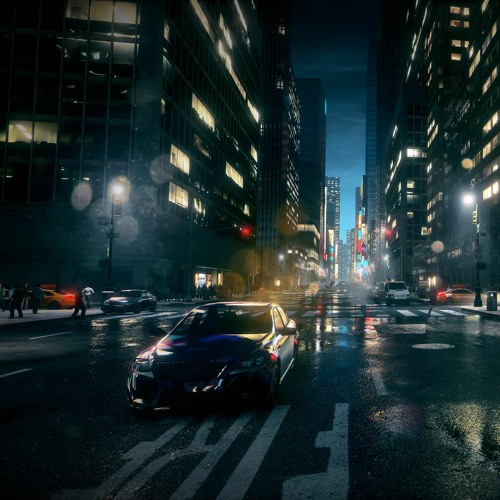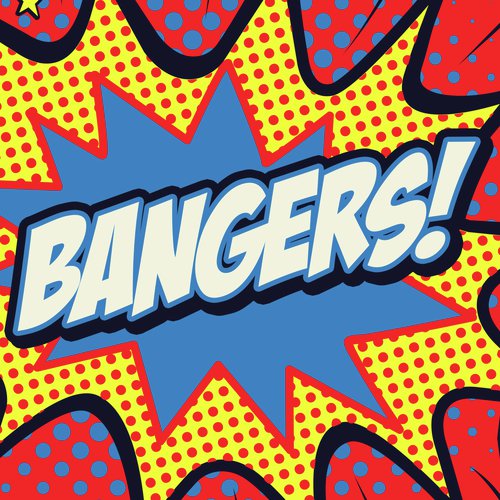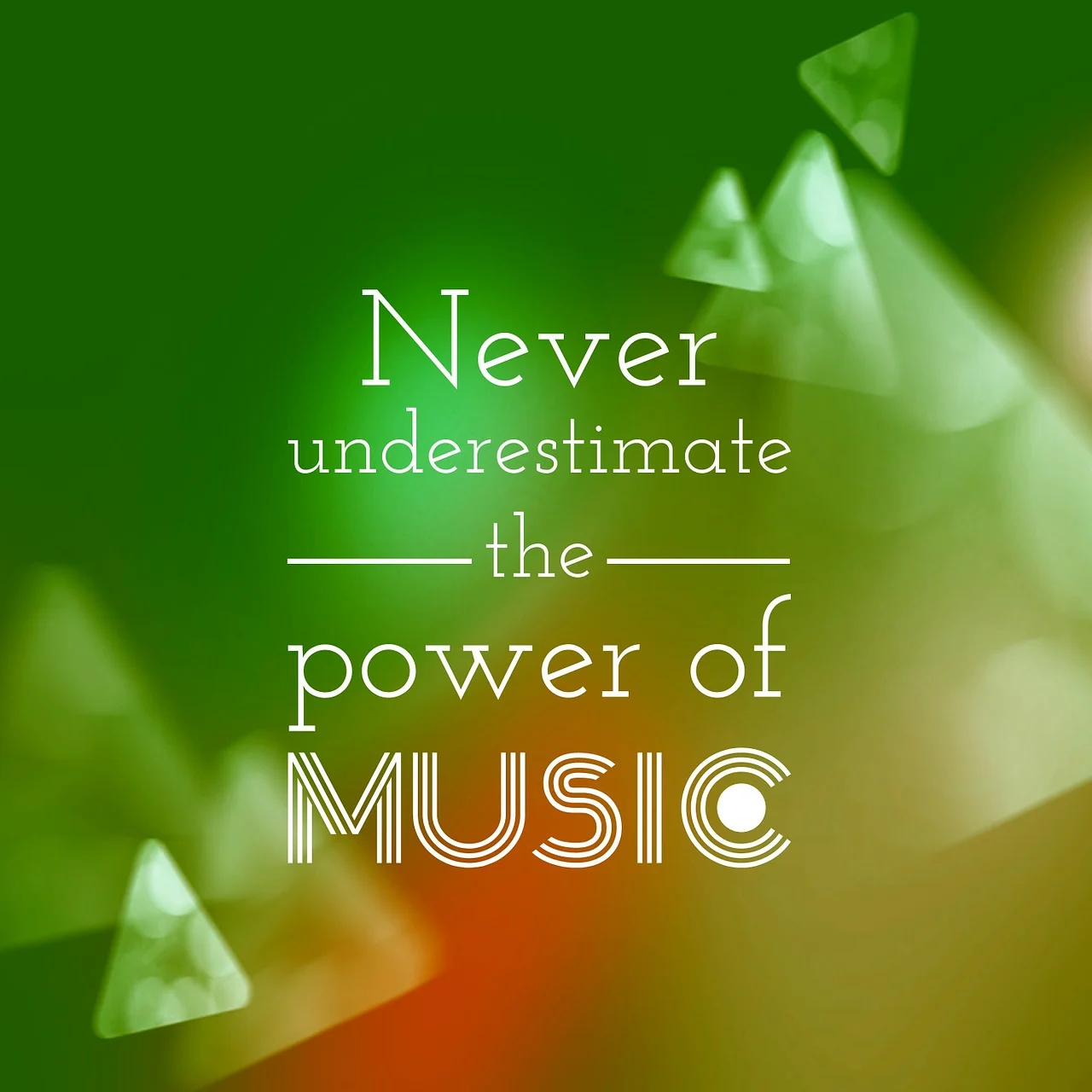Description
Racing music is characterized by high energy, fast tempo, and driving rhythms that evoke a sense of speed, urgency, and excitement. It’s often used in various forms of media, such as video games, movies, and sports events, to enhance the thrill and intensity of racing scenes. Here are some key features that define racing music:
- Tempo and Rhythm:
- Fast Tempo: Typically ranges from 120 to 180 beats per minute (BPM) to match the high-speed action.
- Driving Rhythms: Repetitive and propulsive beats, often with syncopation, create a sense of forward momentum.
- Instrumentation:
- Percussion: Prominent use of drums and electronic beats to maintain a steady and intense rhythm.
- Electric Guitars: Often used for their aggressive and dynamic sound, providing a sense of power and adrenaline.
- Synthesizers: Create a modern, high-energy atmosphere with pulsating basslines and rapid arpeggios.
- Orchestral Elements: Strings and brass can be included to add drama and a cinematic feel.
- Harmonies and Melodies:
- Catchy Hooks: Memorable and repetitive melodic phrases that are easy to remember and add to the excitement.
- Tense Harmonies: Use minor keys, dissonance, and rapid harmonic changes to maintain tension and suspense.
- Dynamics and Texture:
- Loud and Intense: Generally maintains a high dynamic level to keep the energy up.
- Layered Textures: Multiple layers of sound to create a rich, whole audio experience that mirrors the complexity of a race.
- Mood and Emotion:
- Excitement and Adrenaline: The primary goal is to make the listener feel the rush and thrill of racing.
- Urgency and Tension: Often conveys a sense of urgency, pushing the listener forward as if they are part of the race.





Lydia –
“Racing, the latest music download, is an absolute adrenaline rush! The high-energy tracks pump me up and get me moving. The mix of genres keeps things fresh and exciting, from pulsing techno to soaring rock anthems. Whether I’m training for a marathon or just need a boost of motivation, this playlist is my go-to for an instant energy boost.”
Ogbonna –
“Racing has been an absolute game-changer for my music library. The intuitive interface makes it effortless to find and download exactly what I’m looking for. The vast selection of genres and artists ensures that there’s something for everyone. The high-quality audio delivers an immersive listening experience, making me feel like I’m right there at the concert. Whether I’m searching for new tunes or revisiting old favorites, Racing has become my go-to for all things music.”
Ogechukwu –
“Racing is a high-octane musical masterpiece that catapulted me into a thrilling symphony of adrenaline and euphoria. Its electrifying beats reverberated through my soul, igniting a sense of exhilaration and boundless energy. The seamless transitions between genres left me invigorated and craving for more. From the pulsating techno to the soaring melodies, every note was a stroke of genius that left an unforgettable imprint on my musical journey.”